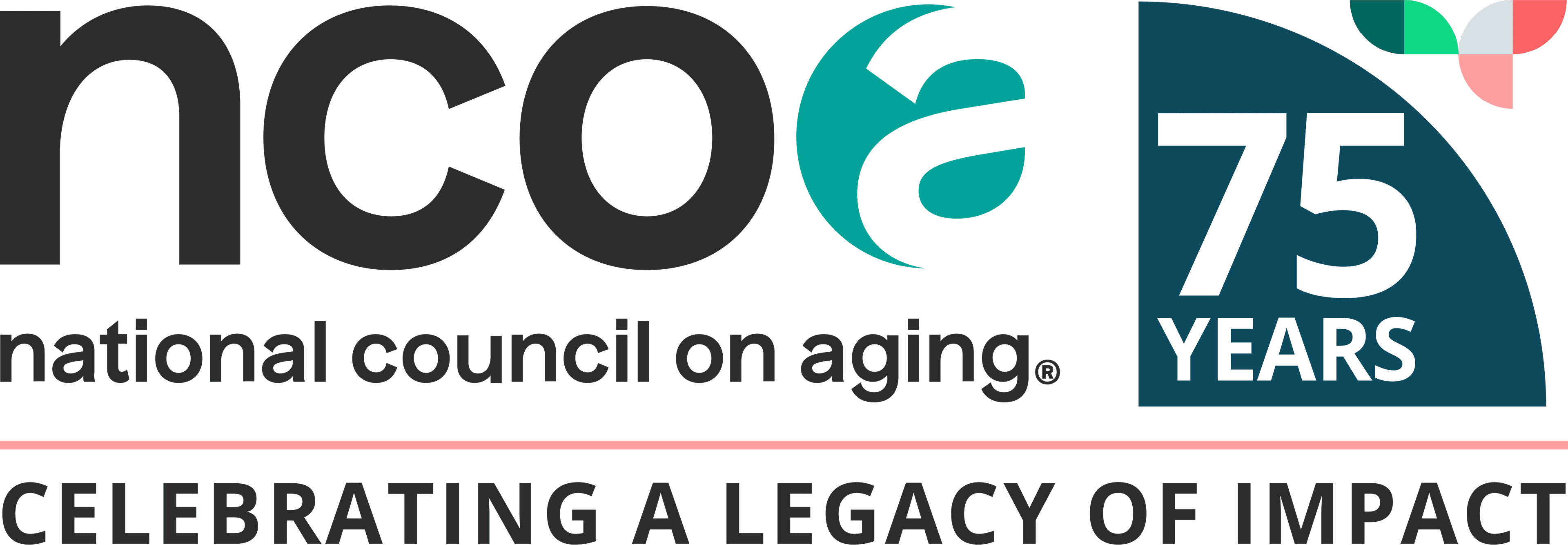
“I have one healthy meal a day,” lamented Georgia Lucero Moyse on an NCOA Facebook post. “After that, Ramen noodles.”
“Food is a luxury these days,” Kim Webb agreed. “It’s ridiculous.”
Given the ongoing pressures of inflation, these comments are sadly no surprise. According to the Consumer Price Index, the cost of food rose again in September 2025: up more than 2.7% over a year ago1 for "food at home"—a category covering grocery store purchases. And it doesn’t stop there. Across the board, price increases are adding up.
The same report shows that, compared to September 2024:
- Energy services in general have risen 6.4%.
- Electricity is up 5.1%.
- Housing costs have risen 3.6%.
Medical care is more expensive this year than last as well: Up 3.9% since September 2024.
“It’s disheartening,” said Josh Hodges, NCOA's Chief Customer Officer. “These expenses can really hit hard for older adults living on fixed incomes—even those who are budget-minded and meticulous about their spending.”
With Social Security benefits having increased just 2.5% in 20252, those extra dollars "don't bridge these inflation gaps," Hodges added. The expected 2026 cost-of-living increase is equally insufficient at 2.8%.3
How can older adults find relief from inflation and the right cost of living?
“Nearly one in four Americans who receive Social Security depend on it for 90% of their income,”4 Hodges said. “When the costs of housing, medical care, prescription drugs, and food rise, it becomes harder and harder for these older adults to make ends meet, through no fault of their own.”
That’s why NCOA is committed to helping you find and access crucial financial programs that help bridge the gap between income and daily living expenses. Every year, $30 billion in these benefits go unclaimed—often because those who are eligible either don’t know about them or are unsure how to apply. “And many people mistakenly think they’d be taking money away from someone who needs it more,” added Hodges. “That truly isn't the case.”
In honor of NCOA’s annual Boost Your Budget® Week and every week in between, here are some key money-saving programs that can help you or an older adult you know breathe a little easier each month. Be sure to watch the brief, one-minute video that accompanies each benefit for more information on how and where to apply.
SNAP: Get help paying for food
Once called Food Stamps, the Supplemental Nutrition Assistance Program (SNAP) is a vital lifeline for individuals and families who otherwise might face hunger, malnutrition, and the stress of not being able to put enough food on the table. As the largest anti-hunger program in the United States, SNAP helps many older adults stretch their budgets by providing a monthly stipend they can use at participating grocery stores, farmers’ markets, and other retail outlets that sell food. Each year, as many as 9 million older adults are missing out on SNAP assistance alone. This leaves 70% of those who are eligible without food benefits.
LIHEAP: Get help paying for utilities
If you can’t afford to heat or cool your living space, the Low-Income Home Energy Assistance Program (LIHEAP) can offer relief—whether you own or rent. This federally sponsored, needs-based program helps millions of households across the country pay for home energy bills, certain energy-related repairs, and even some weatherization projects. LIHEAP also provides emergency financial assistance if you’re facing a shutoff.
Medicare Savings Programs: Get help paying for health care
Medicare isn’t free, and out-of-pocket costs can add up quickly—especially for older adults who live with chronic conditions. That’s where Medicare Savings Programs (MSPs) come in. Sometimes called Medicare Buy-In Programs or Medicare Premium Payment Programs, these state-administered benefits are designed to ease the burden of certain expenses such as monthly premiums, deductibles, copayments, and coinsurance. Eligibility varies depending on where you live, as do the specific benefits available. That said, if you’re enrolled in an MSP, you are automatically eligible for Extra Help (see below). As many as 5.8 million older adults who are eligible for an MSP either don’t know it or haven’t applied, which leaves billions of dollars on the table every year.
Extra Help: Get assistance paying for prescription drugs
With prescription drug costs constantly on the rise, Medicare beneficiaries can easily spend hundreds of dollars or more out-of-pocket each year. The Extra Help program, jointly administered by the Social Security Administration (SSA) and the Centers for Medicare & Medicaid Services (CMS), subsidizes the cost of these drugs for older adults with limited income and assets. Additional benefits may also include zero premiums on Medicare Part D prescription plans and limited out-of-pocket costs at the pharmacy.
Beyond benefits: More help for managing your finances
NCOA offers a free online resource that provides guidance on how to create a monthly budget, decrease expenses, and better manage your money. After you answer a brief anonymous quiz about your goals, you'll get a personalized plan of action.
Use NCOA's BenefitsCheckUp to help you find benefits
Boost Your Budget Week is a reminder that the path towards financial resiliency can be achieved with help from NCOA’s BenefitsCheckUp®. This free, online tool connects millions of older adults with benefits programs that can help pay for health care, medicine, food, utilities, and more. Visit today to explore a variety savings opportunities for yourself, or for someone you know.
Have questions about BenefitsCheckUp? We're here to help. Call NCOA's helpline at 1-800-794-6559, Monday through Friday from 8 a.m. to 7 p.m. ET.
Sources
1. U.S. Bureau of Labor Statistics. Consumer Price Index – September 2025. Found on the internet at https://www.bls.gov/news.release/pdf/cpi.pdf
2. U.S. Social Security Administration. Just Announced! Social Security’s 2025 Cost-of-Living Adjustment (COLA). Found on the internet at https://www.ssa.gov/news/en/advocates/2024-10-10.html
3. U.S. Social Security Administration. Cost-of-Living Adjustment (COLA) Information for 2026. Found on the internet at https://www.ssa.gov/cola/
4. Social Security Office of Retirement and Disability Policy. The Importance of Social Security Benefits to the Income of the Aged Population. Found on the internet at https://www.ssa.gov/policy/docs/ssb/v77n2/v77n2p1.html






